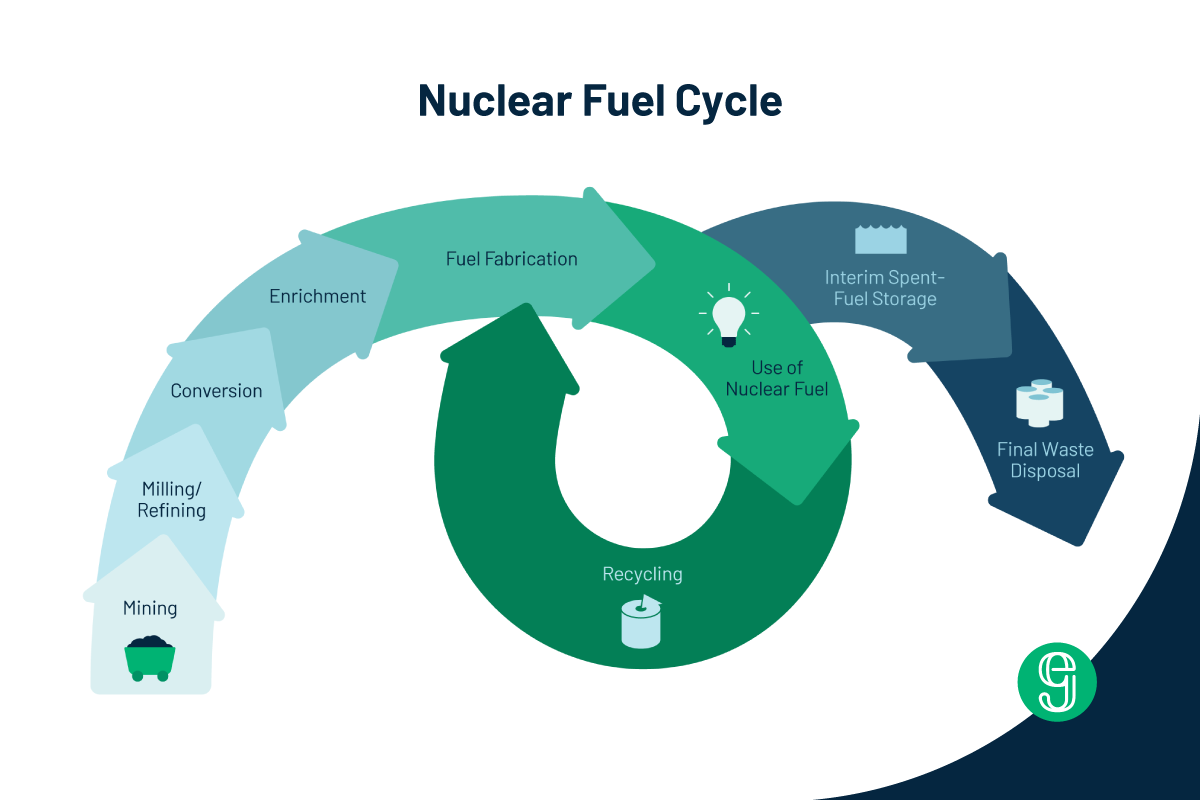Voters should make sure their reps are setting aside partisanship and advocating for policies that help ensure healthy communities for all.
%252520(2400%252520%2525C3%252597%2525201350%252520px).png)
There's a lot of diversity in communities most at risk of environmental harm. At Good Energy Collective, we advocate for justice in all communities. As the elections quickly approach, a new round of politicians and policymakers will debate issues that impact everyone — regardless of political representation. Sadly, modern climate policies and solutions are often unnecessarily polarized — even though these issues affect people in red, blue, and purple areas. Policy solutions that aim to ensure clean drinking water, decrease air pollution, and increase access to clean energy should be embraced in every community across the U.S.
The White House Council on Environmental Quality recognizes all shaded counties on our map as communities that are "marginalized, underserved, and overburdened by pollution." As the midterm election approaches, we wanted to see if there were trends about which party has historically garnered the most support in these communities across the country.
Colors are assigned based on the voting margin for presidential ballot returns in 2020. Deeper shades of blue indicate more support for the Democratic ticket, while redder areas indicate more support for Republican candidates.
Clearly, a wide range of political values exist in counties experiencing the most environmental risks. This map should serve as a good reminder to legislators, policymakers, and voters that the issues we advocate for don’t hold to party lines. Voters should make sure their representatives are setting aside partisanship and advocating for policies that help ensure safe, healthy, and clean communities for all.
Data:
Council on Environmental Quality (CEQ), 2022, “Climate and Economic Justice Screening Tool” https://screeningtool.geoplatform.gov/en/downloads
MIT Election Data and Science Lab, 2018, "County Presidential Election Returns 2000-2020", https://doi.org/10.7910/DVN/VOQCHQ, Harvard Dataverse, V10\















































.png)























.png)






%252520(1200%252520%2525C3%252597%252520800%252520px).png)








